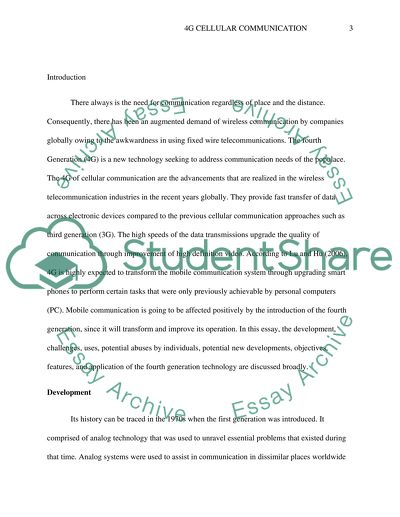Cite this document
(“4G Cellular Communication Research Paper Example | Topics and Well Written Essays - 1500 words”, n.d.)
4G Cellular Communication Research Paper Example | Topics and Well Written Essays - 1500 words. Retrieved from https://studentshare.org/information-technology/1434614-4g-cellular-communication
4G Cellular Communication Research Paper Example | Topics and Well Written Essays - 1500 words. Retrieved from https://studentshare.org/information-technology/1434614-4g-cellular-communication
(4G Cellular Communication Research Paper Example | Topics and Well Written Essays - 1500 Words)
4G Cellular Communication Research Paper Example | Topics and Well Written Essays - 1500 Words. https://studentshare.org/information-technology/1434614-4g-cellular-communication.
4G Cellular Communication Research Paper Example | Topics and Well Written Essays - 1500 Words. https://studentshare.org/information-technology/1434614-4g-cellular-communication.
“4G Cellular Communication Research Paper Example | Topics and Well Written Essays - 1500 Words”, n.d. https://studentshare.org/information-technology/1434614-4g-cellular-communication.


